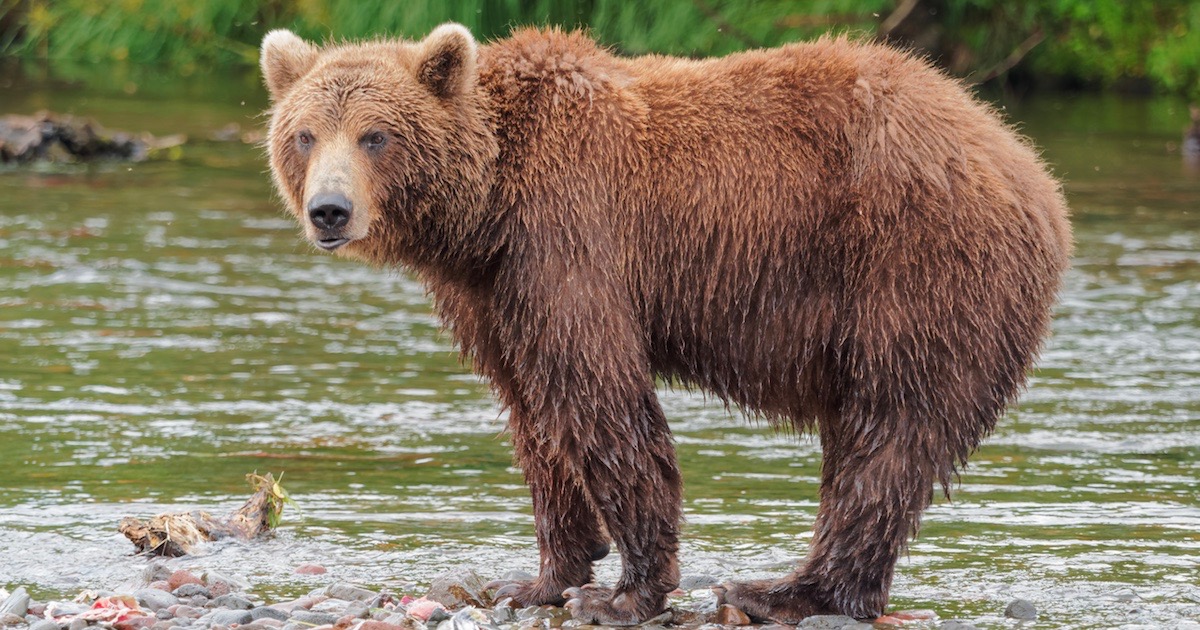Two Genetic Blows Against Darwinian Speciation

Classical neo-Darwinism relies on genetic mutations (random mistakes) acted on by natural selection (an aimless effect dependent on what survives). From these two sources of unguided happenstance, all the adapted perfections in life are supposed to have emerged. But what if life is, instead, determined by active information content? An entirely different picture of “evolutionary” change becomes possible: one that involves information sharing. Two recent genomic studies provide additional validation for the new picture.
Insects: Rampant Horizontal Gene Transfer
Horizontal transfer (HT) of genetic information has been well known in microbes for some years now, but recently has been coming more visible in higher organisms. Transposable elements (TE) are, as the name implies, transposable or relocatable within a genome. But could they also play a role in genetic diversity between organisms? Apparently so. A new paper in PNAS announces “Massive horizontal transfer of transposable elements in insects.”
Eukaryotes normally receive their genetic material from their parents but may occasionally, like prokaryotes do, acquire DNA from unrelated organisms through horizontal transfer (HT). In animals and plants, HT mostly concerns transposable elements (TEs), probably because these pieces of DNA can move within genomes. Assessing the impact of HTs on eukaryote evolution and the factors shaping the dynamics of these HTs requires large-scale systematic studies. We have analyzed the genomes from 195 insect species and found that no fewer than 2,248 events of HT of TEs occurred during the last 10 My, particularly between insects that were closely related and geographically close. These results suggest that HT of TEs plays a major role in insect genome evolution.
This is very different from vertical inheritance. How could it happen? It’s like being told you could inadvertently get a piece of DNA from a chimpanzee at the zoo and pass it on to your kids. Impossible. That would scramble every animal’s identity, wouldn’t it? It might explain other people’s kids, but not yours!
The prevalence of HT in higher animals is only now coming to light through systematic studies. These authors examined genomes of “195 insect genomes, representing 123 genera and 13 of the 28 insect orders” to find the 2,248 events they report in the paper. Imagine what this must mean for evolutionary theories of common descent:
We show that DNA transposons transfer horizontally more often than retrotransposons, and unveil phylogenetic relatedness and geographical proximity as major factors facilitating HTT (horizontal transfer of transposons) in insects. Even though our study is restricted to a small fraction of insect biodiversity and to a recent evolutionary timeframe, the TEs we found to be horizontally transferred generated up to 24% (2.08% on average) of all nucleotides of insect genomes. Together, our results establish HTT as a major force shaping insect genome evolution.
The authors recognize that transposons can jump species barriers much easier than genes can. Even so, it’s astonishing to think that this much genetic information could pass readily between species, most likely via bacteria vectors.
In animals and plants, very few cases of such horizontal gene transfers (HGTs) have been reported so far. In fact, most of the genetic material that is horizontally transferred in animals and plants consists of transposable elements (TEs) which are pieces of DNA able to move from a chromosomal locus to another. The greater ability of TEs to move between organisms certainly relates to their intrinsic ability to transpose within genomes, which genes cannot do. HT of TEs (HTT) may allow these elements to enter naive genomes, which they invade by making copies of themselves, and then escape before they become fully silenced by anti-TE defenses.
Further Reading:



Geen opmerkingen:
Een reactie posten